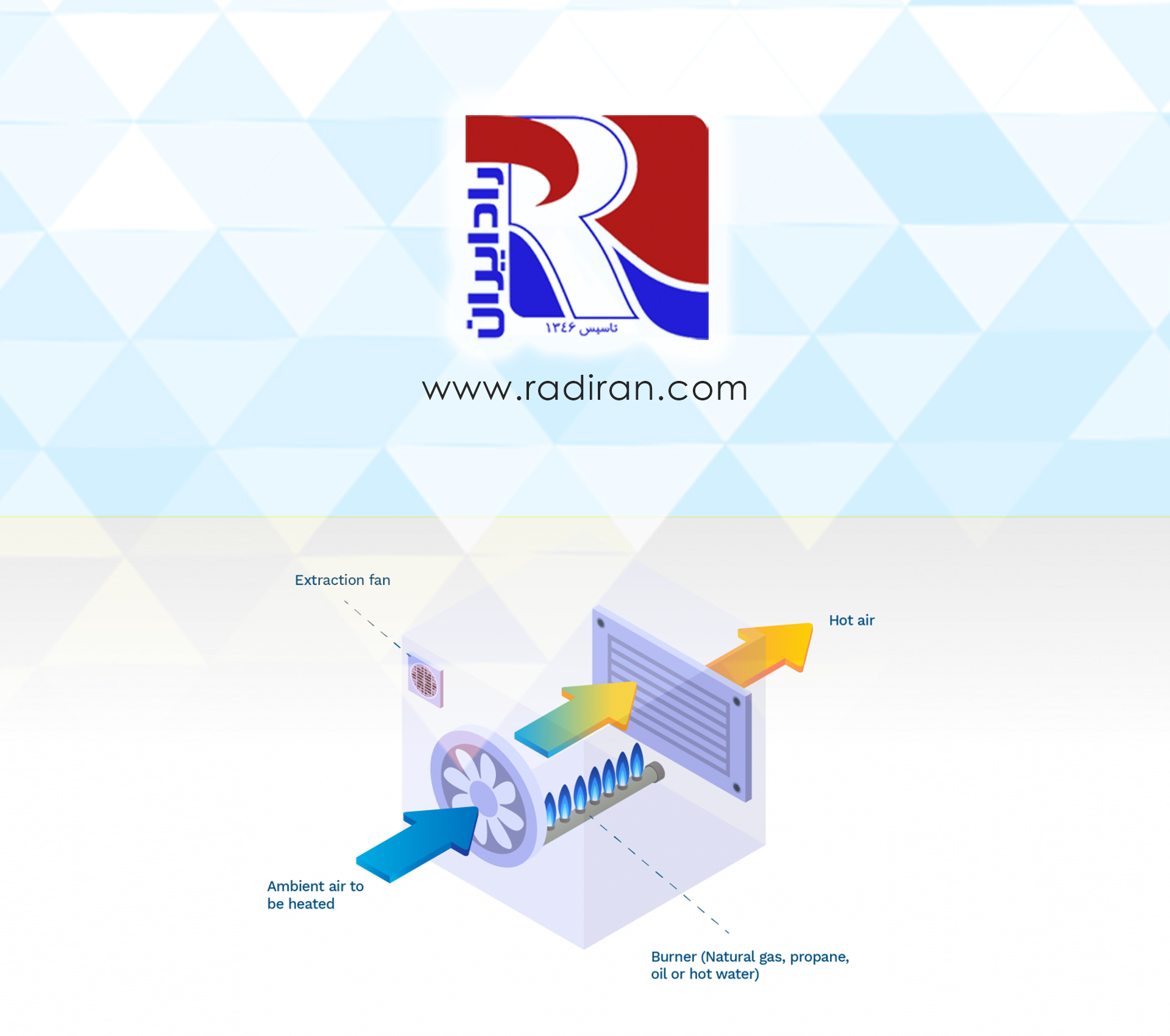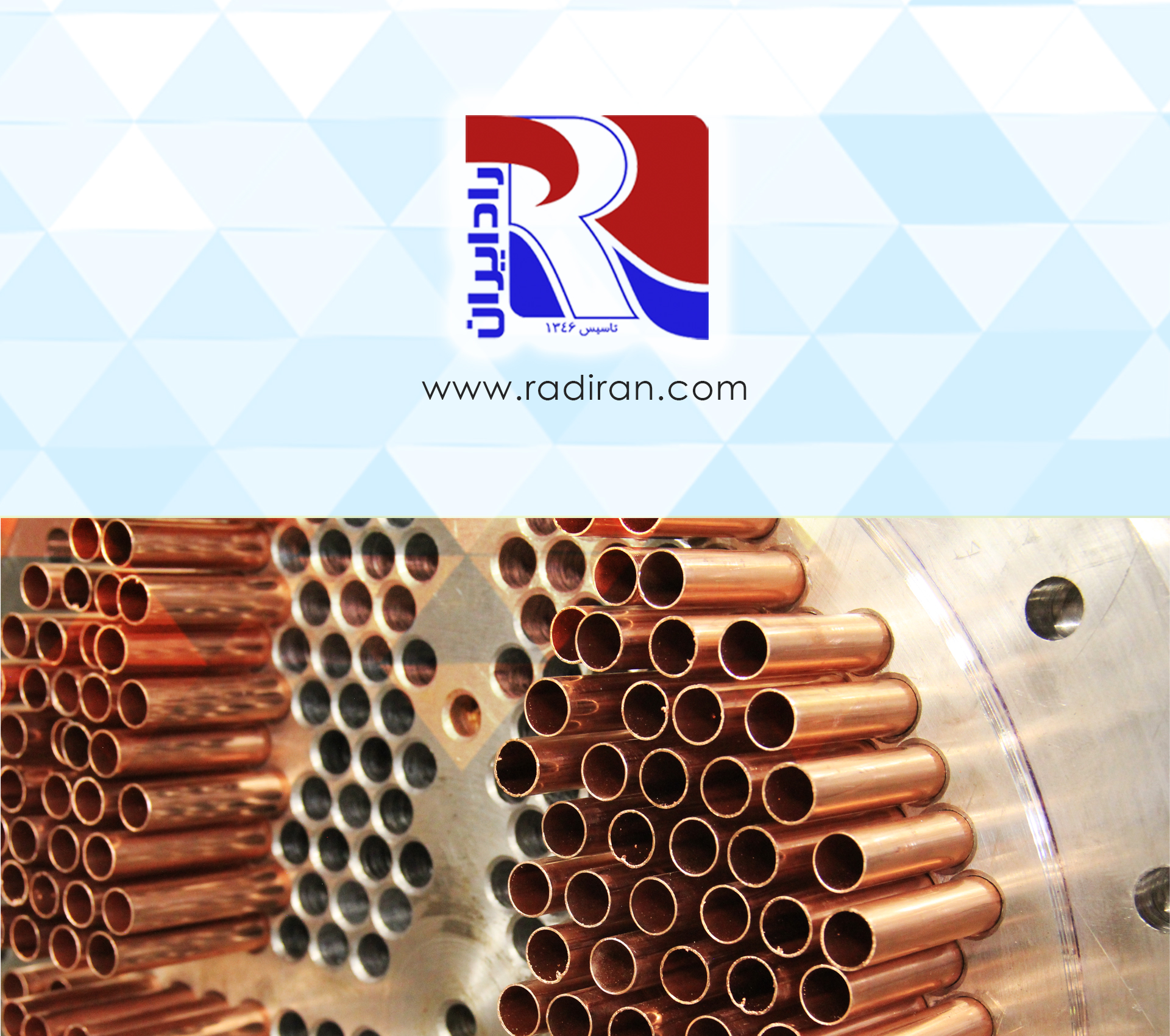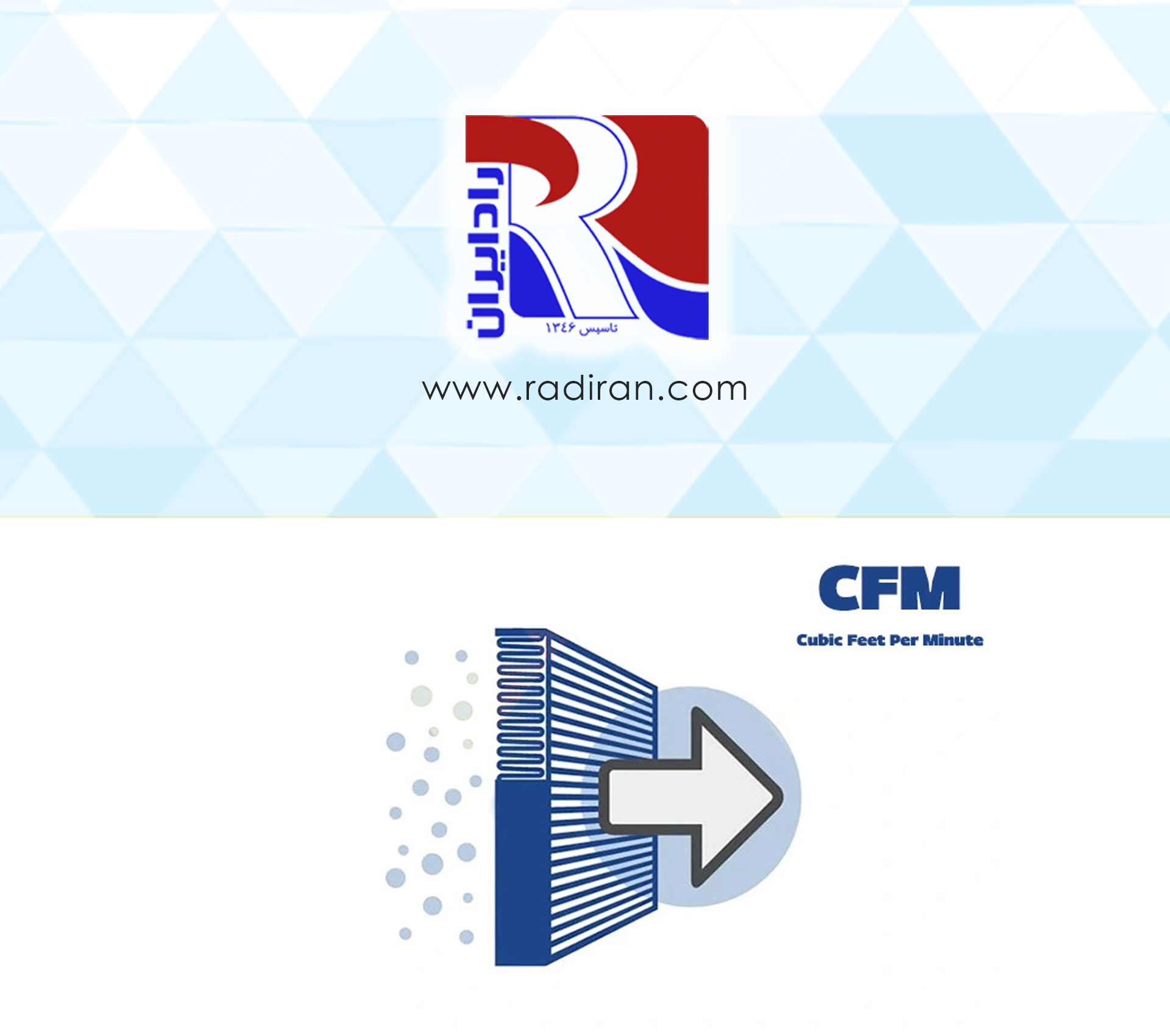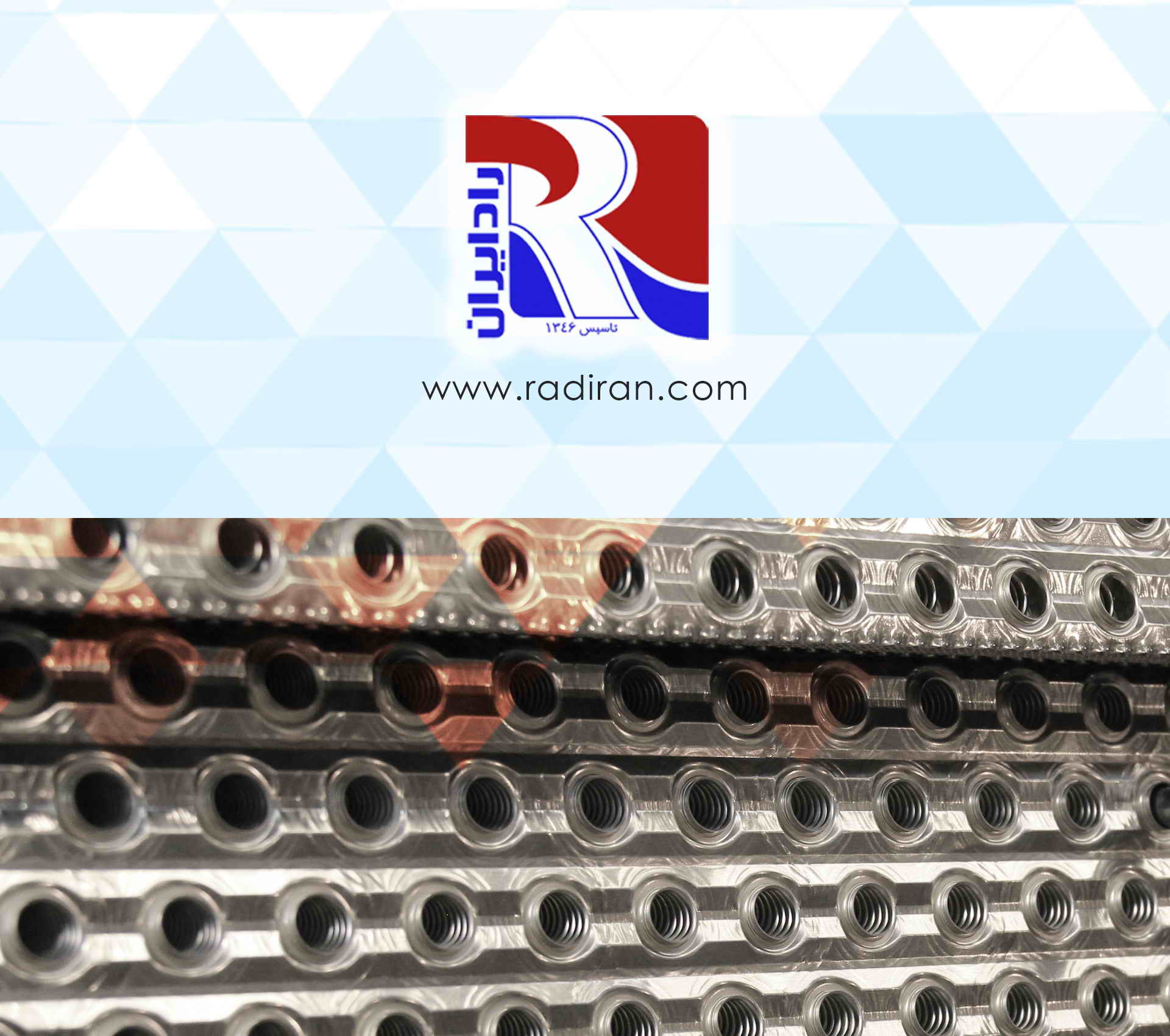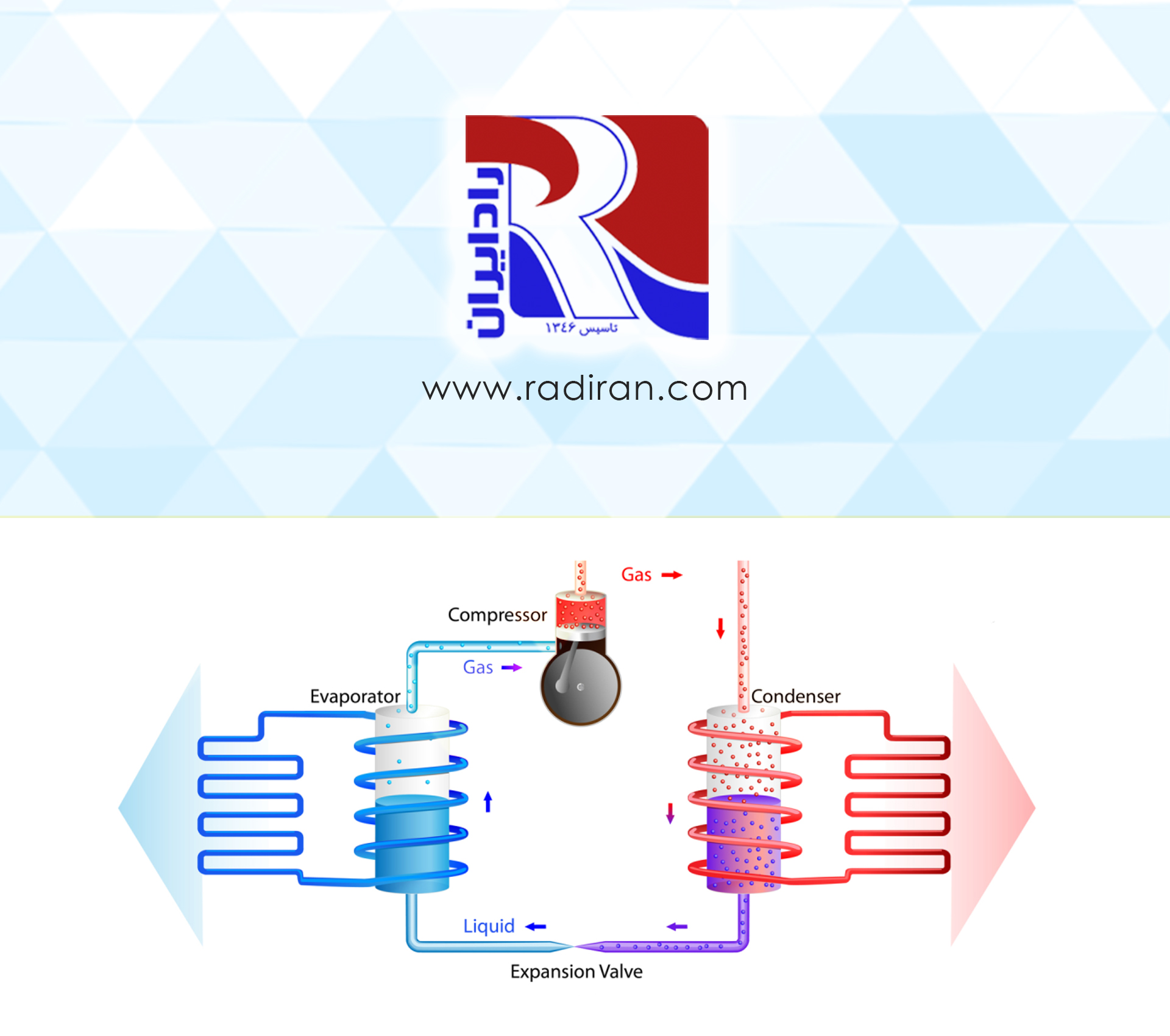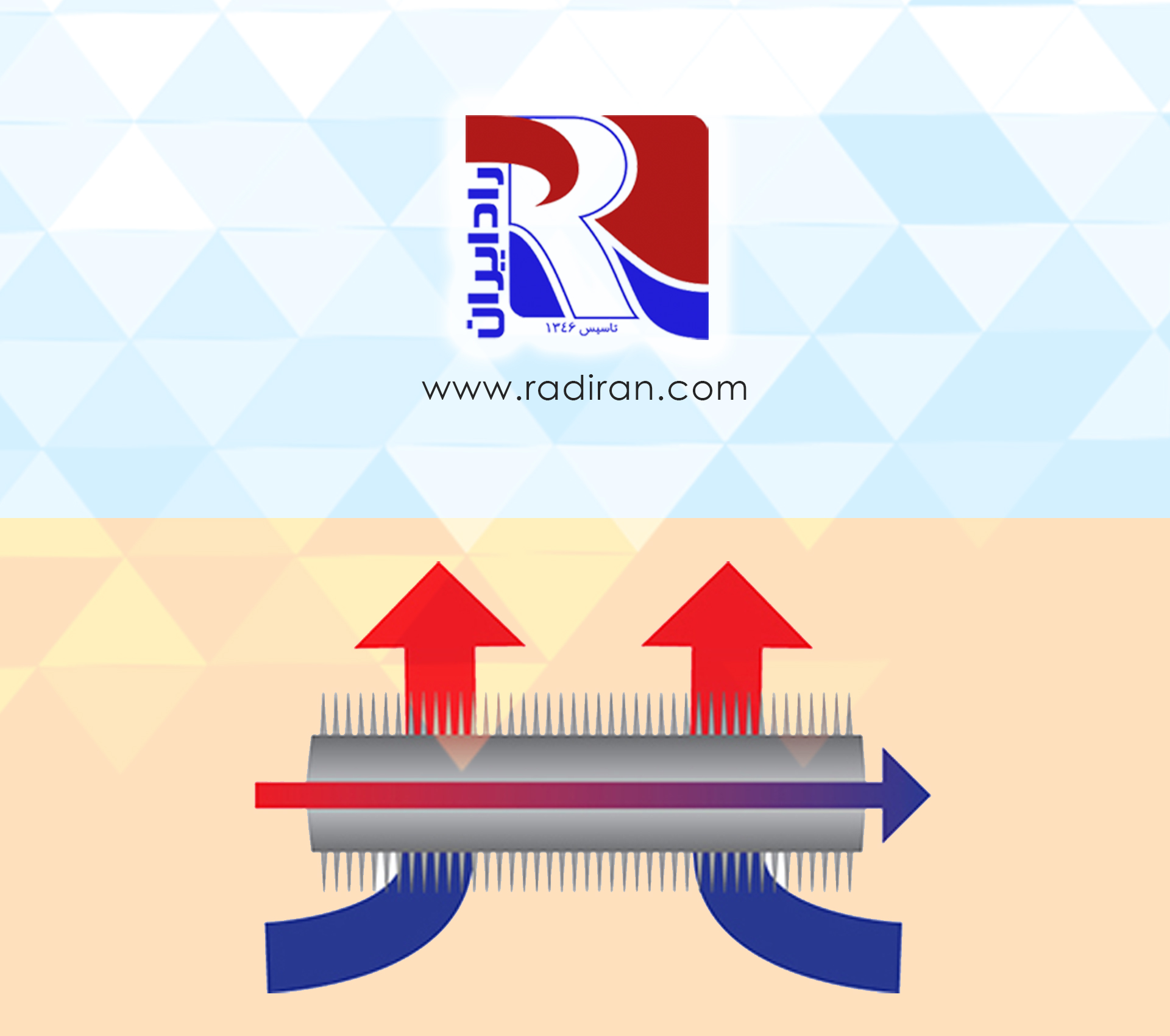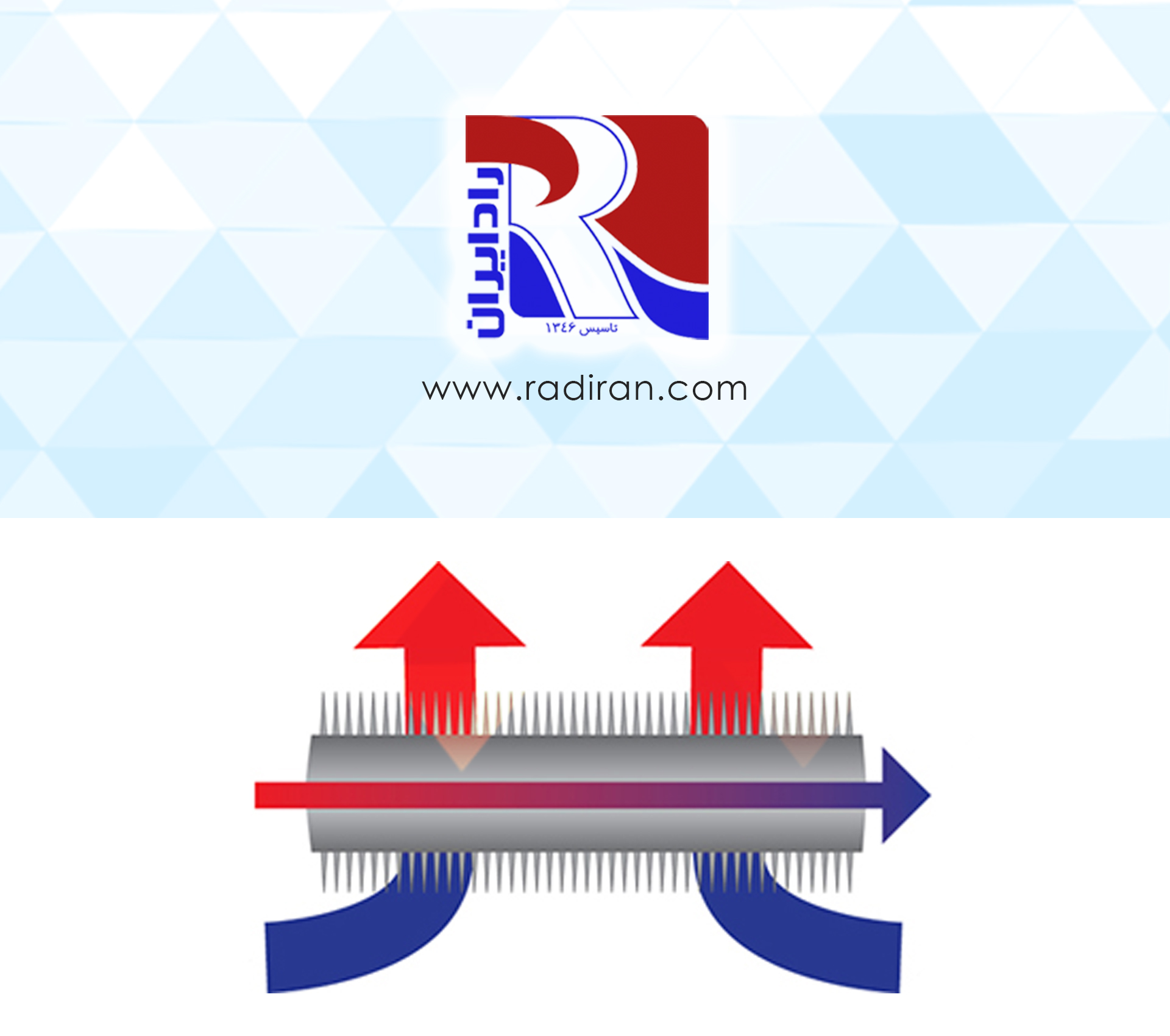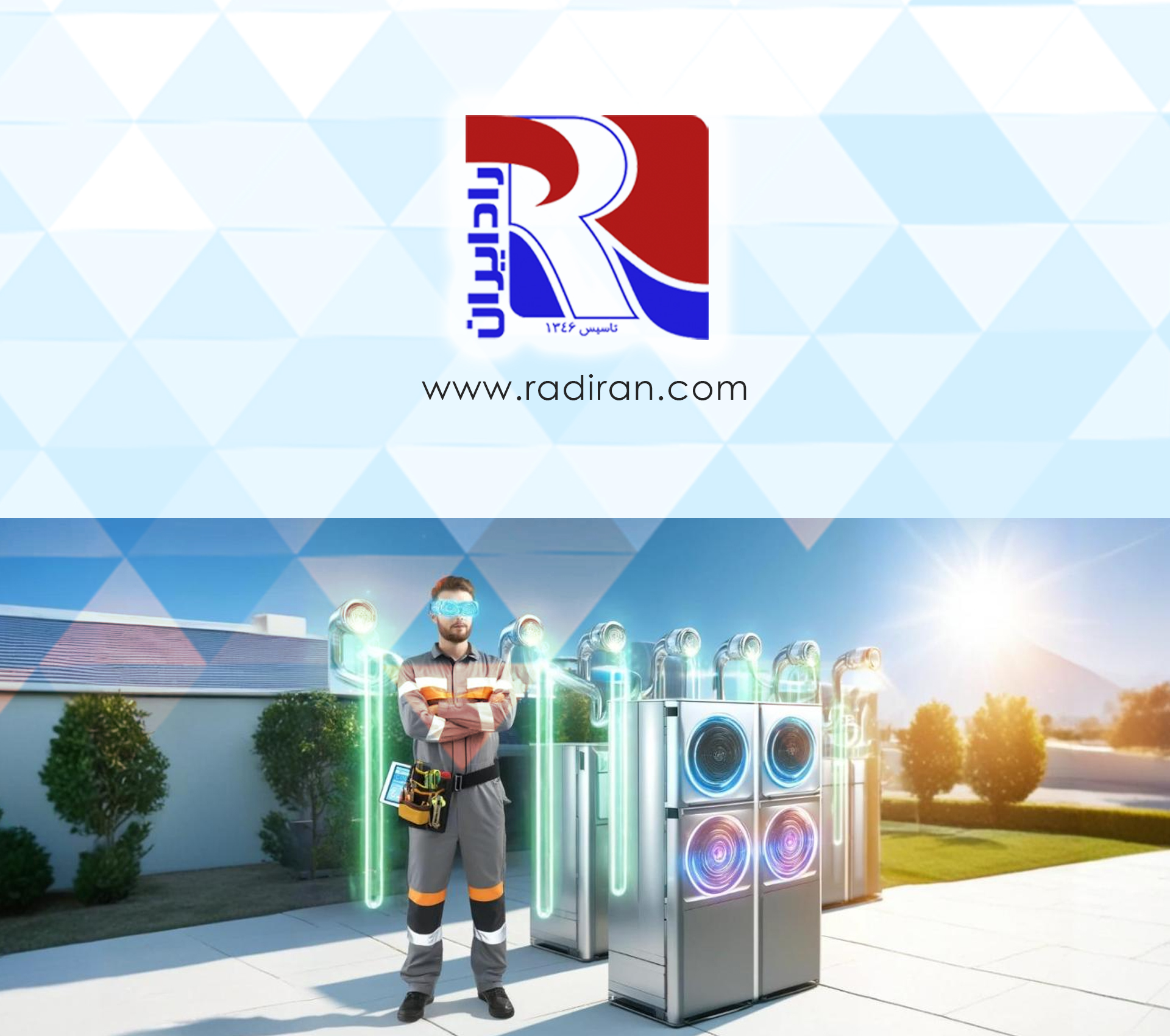What is a Unit Heater
What is a Unit Heater? • A unit heater is a heating device used to warm specific spaces such as garages, workshops, or warehouses. • These heaters are especially useful in locations where traditional heating systems may not reach, or where their implementation is not practical. Features and Applications • Price of Unit Heaters: The price of unit heaters varies depending on the type, size, and capabilities of the device. • Structure and Function: This device is a small box that contains a heating system...

